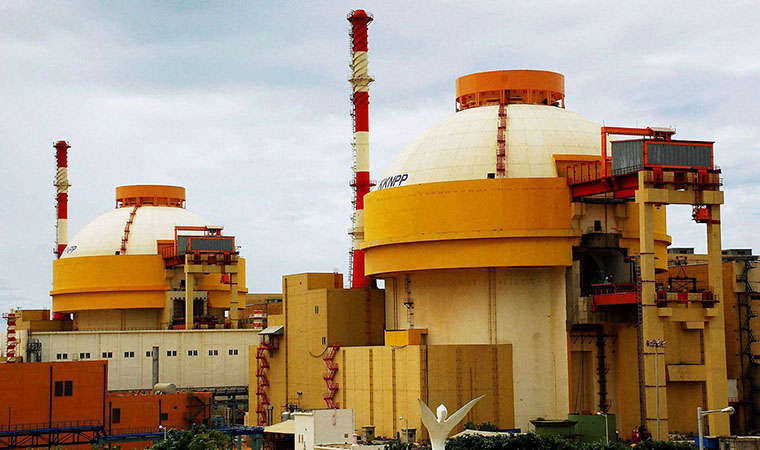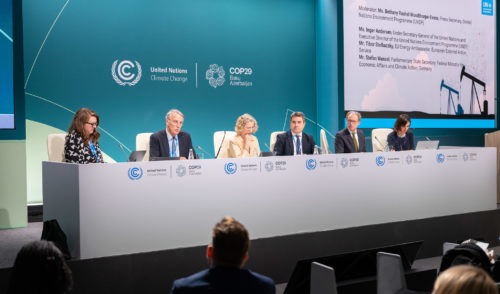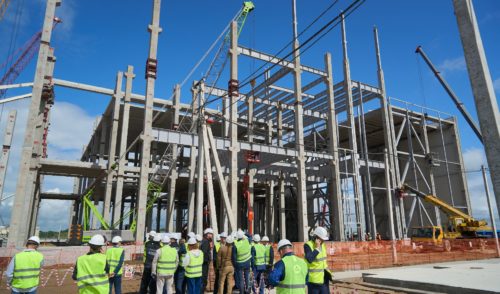
The present and the future
back to contentsUnit 1 is India’s most powerful unit complying with all the latest safety requirements. The unit was connected to the Indian national power grid in 2013. It will remain under the supervision of Russian engineers till the end of 2015.
Recently, AERB has also reported the completion of Kudankulam Unit 2. “The construction of Kudankulam Unit 2 has been completed. It is being prepared for the commissioning”, says the regulator’s report.
Russia might begin the construction of new units by the end of this year. In the spring of 2014, Russia and India signed a framework agreement to build the third and fourth units at Kudankulam. Construction documents were signed in December.
The nuclear partnership between the two countries is governed by the intergovernmental agreement dated 1988 and an amendment signed in 1998. The Kudankulam Nuclear Power Plant is based on the AES-92 design, which complies with the latest technical regulations of the IAEA and Russian Federation and is certified to the European Utility Requirements (EUR) for LWR Nuclear Power Plants built after 2000. A specific feature of the AES-92 design is that, along with conventional active safety systems, it uses a number of combined safety solutions.
Russia plans to build up to 25 nuclear reactors across India. Last December, Moscow and Delhi signed a document defining their strategic vision for the future construction of Russian-designed power reactors in India.
“India seems to be a promising market for nuclear construction companies. There is no doubt that Russia can help India in its ambitious plans,” says Alexander Gusev, an expert with the MGIMO Analytical Center. “First, the two countries have a long track record of successful nuclear cooperation – Rosatom has built at Kudankulam two units which are the most advanced power reactors in India for the time being. Second, Rosatom is more active in the construction of nuclear plants than its international peers, both in Russia and abroad. Taking into account Rosatom’s plans to increase its overseas project portfolio by half up to 150 billion US dollars, the cooperation with India seems to be very much likely.”




